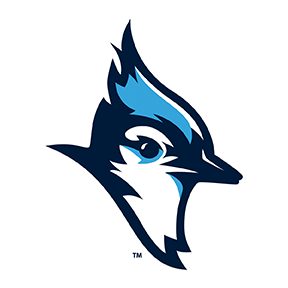School Budget 101
Each year, school boards must develop a balanced school budget proposal for the following school year and put it to a public vote on the third Tuesday in May.
In New York, this requirement for a balanced, voter-approved annual budget is unique to public schools. The school budget is the only government spending plan that residents can impact directly by voting.
MONEY GOING OUT (EXPENSES)
Salaries and Benefits
Curriculum Development
Technology and Supplies
Buildings and Grounds
Transportation
Debt Service
MONEY COMING IN (REVENUE)
State Funds
Federal Funds
Property Taxes
Miscellaneous Income
Appropriated Fund Balance*
SCHOOL DISTRICT EXPENSES AT A GLANCE
SALARIES AND BENEFITS
Education is a people business. On average, approximately 80 cents of every dollar goes to pay for salaries and benefits of teachers and staff, according to the National Center for Education Statistics.
CURRICULUM DEVELOPMENT, TECHNOLOGY AND SUPPLIES
Ongoing curriculum development and training enhances the ability of teachers and support staff to provide students with a high-quality education, while instructional technology and supplies support learning and help students build the skills they need for future success.
BUILDINGS AND GROUNDS
Districts must ensure students can attend schools that are safe, clean, functional and well-maintained in a healthy environment with adequate heating, ventilation and lighting.
TRANSPORTATION
Districts must ensure that all school vehicles meet state safety standards and provide an efficient, reliable mode of transportation in accordance with school board policy and state law.
SCHOOL DISTRICT REVENUE AT A GLANCE
STATE FUNDS
New York state provides funding for public schools in the form of aid for general operations and funding designated for eligible expenditures.
FEDERAL FUNDS
The federal government does provide some aid for schools in New York. On average, this aid is about 4 percent of a school district’s annual revenue, according to the 2019 edition of the State Aid to Schools report published by the New York State Education Department/The State University of New York.
PROPERTY TAXES
If there is a gap between state/federal funds and estimated total expenses, districts generally fill it with local property taxes. Districts are required to calculate a “maximum allowable tax levy” under the property tax cap law. Exceeding the cap requires approval by a supermajority of voters (60 percent or more) instead of a simple majority of voters (50 percent plus one).
*WHAT IS FUND BALANCE?
If revenue collected for the school budget remains at the end of a district’s fiscal year, that money becomes part of its fund balance. Districts must adhere to state laws that govern how fund balance can be spent. Options include applying it to a future budget in the form of revenue, earmarking it for anticipated future needs and/or saving it for emergencies.
Copyright 2020. Capital Region BOCES School Communications Portfolio; all rights reserved. For more information or permission to use, call 518-464-3960.
